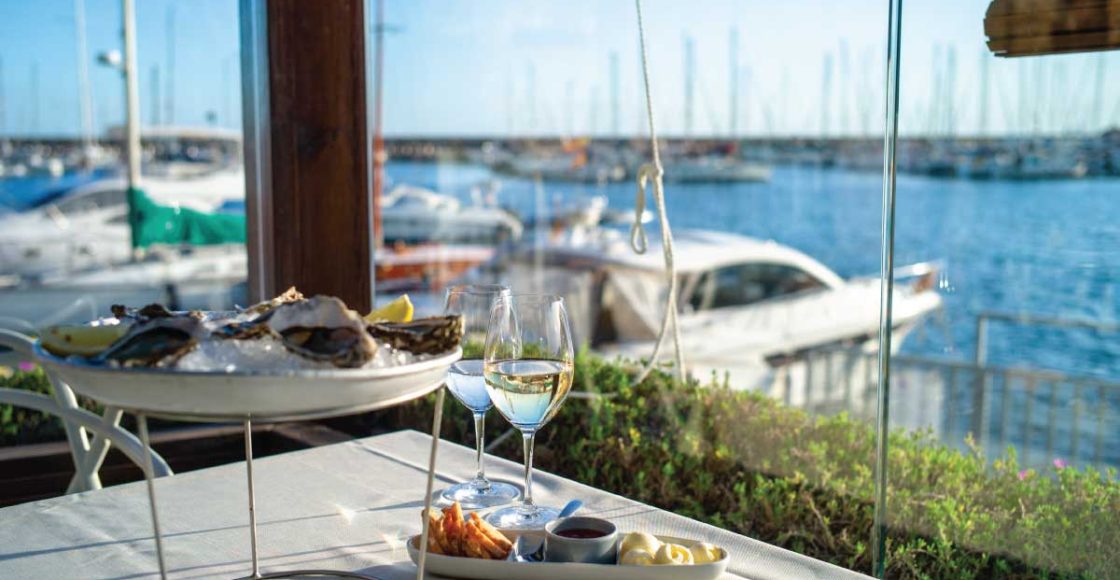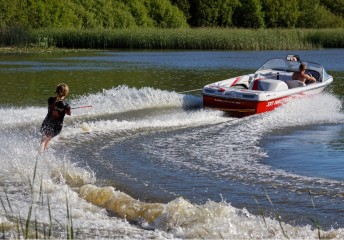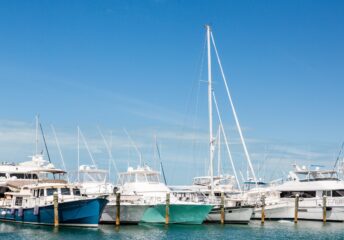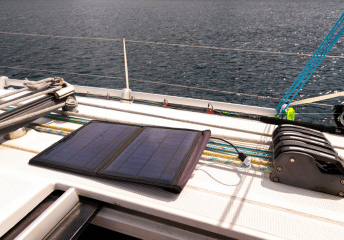Dock and Dine Basics: Seven Tips for Success
Last Updated on August 8, 2022 by Boatsetter Team
Dock and dine experiences are a must-do for any boater. Not only is it great fun to arrive at a restaurant by the water, but it’s also usually an afternoon or evening of fantastic dining, with some of the freshest-catch seafood anywhere. Here are seven tips for a successful dock and dine experience:
- Research dock and dine restaurants near you
- Check the dockage setup beforehand
- Ask about pricing
- Consider time
- Follow the signage
- Get a table with a water view
- Prepare for doggie bags
1. Research dock and dine restaurants near you
There are many dock-and-dine restaurants on America’s waterways; each is unique. In most major boating locations, you’ll hear talk on the docks about which eateries offer the best local fare, be it soft-shell crabs or shrimp and grits or lobster rolls. You can also check local newspapers and websites, which often run reviews explaining what’s new at the regional dock and dine restaurants.
And remember: Dock and dine restaurants are like any other restaurants. Some are more casual, some are family-friendly, and some are built to keep the party going until dawn. Ask the locals about the ambiance as much as the food when deciding which dock and dine restaurant is ideal for you and your group.
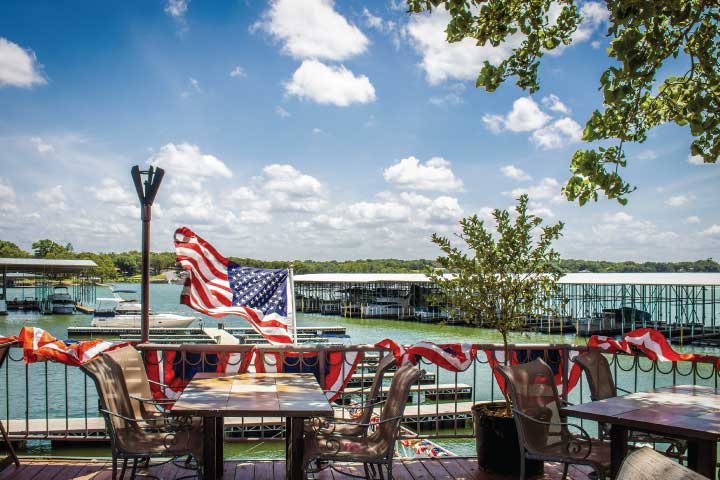
2. Check the dockage setup beforehand
Dock and dine restaurants often have long docks instead of individual slips, where boaters can tie up right outside. You’ll want to check the restaurant’s website or call in advance to make sure the approaching channel, draft, and dock length are a good fit for your boat—and to find out which side of your boat will require that fenders and lines be ready when you pull in. And consider our pro tip:
Ask about wind and current, too, if the restaurant staff has tips for pulling in more easily.
Sometimes, dock and dine restaurants are near mooring fields or marinas with private slips. These restaurants will have an arrangement where, after your boat is secured, a dinghy or water taxi will take you from there to the restaurant. If that’s the case, then make sure you know in advance how to get ahold of the dinghy or water taxi when you’re ready to head to the restaurant to eat.
3. Ask about pricing
A lot of dock and dine spots offer free dockage to customers or dockage at a minimal fee. Be aware of the fine print! Some places only allow you to dock for a few hours. Calling ahead and asking about the dock and dine policy is the best way to determine the rules at any given restaurant.
4. Consider time
Timing is important to consider in a dock and dine experience. Big crowds are most likely to be vying for dock and table space from about noon to 2 p.m., and then again from about 6 to 7:30 p.m.
If you want to avoid those crowds, then time your arrival at the dock and dine restaurant outside of those traditional mealtimes. This is especially important for new skippers who don’t want to have to do close-quarters maneuvering in a crowd of boats.
You should make an itinerary that keeps you within easy reach of public restroom facilities. And, expect some people to want to take a nap on board. Have extra-wide towels at the ready to use as makeshift blankets.
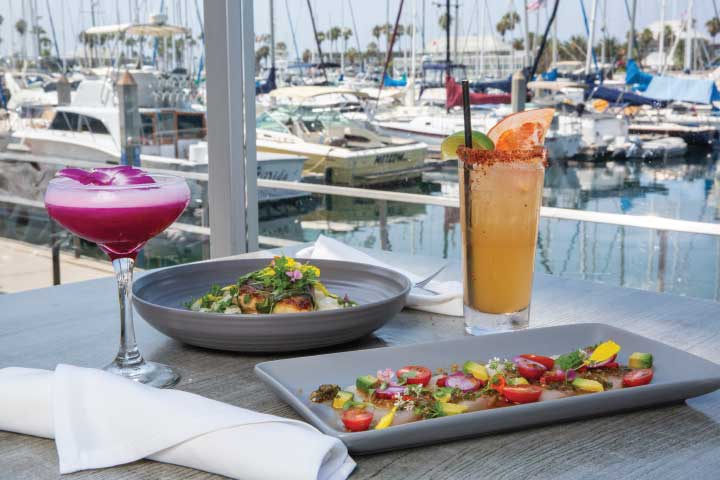
5. Follow the signage
Dock and dine restaurants usually have signage to help boaters make an easy entrance. Sometimes, you can find similar information in printed or online cruising guides or local cruising apps.
If an app has crowdsourced information, you can sometimes glean good tips about making a smart approach from other boaters who are frequent customers at the dock and dine restaurant you have selected.
As with all marine signage, don’t think you are smarter than the signs. They’re usually there for a reason, such as to keep your boat’s hull off a nearby shoal. Point the boat where the signs tell you to point it.
6. Get a table with a water view
Dock and dine restaurants are on the waterfront, and they usually have some excellent seating with outstanding water views. Don’t be shy about asking the host or hostess to seat you at a table with a view of your boat.
Many skippers find it more relaxing to have half an eye on the boat as other boats are pulling in and leaving all around, so they can feel reassured that their boat is indeed fine—especially amid heavy boating traffic on summer weekends.
(Pro tip: Have your camera ready to get a photo of your favorite fresh seafood dish in the foreground, and your boat tied up in the background with the horizon or sunset in the distance. Those photos are keepers that will make all your friends and family on social media jealous.)
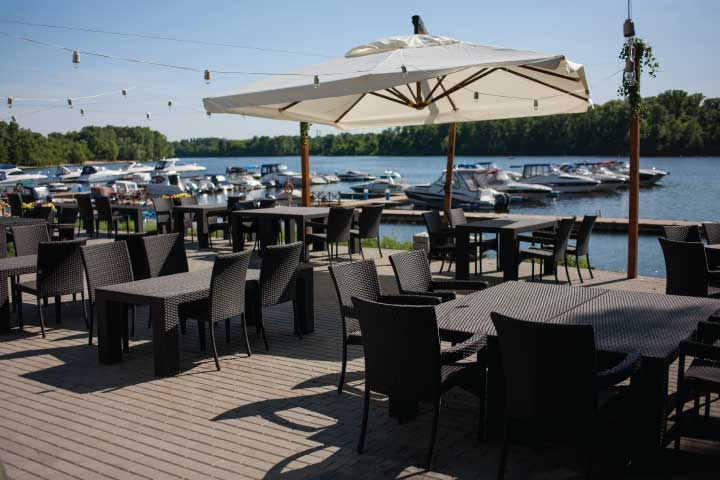
7. Prepare for doggie bags
There is nothing worse than ordering a plate of what turns out to be the best conch fritters, fried shrimp, or crabcakes you’ve ever had, then having to throw your leftovers away because you forgot the cooler!
Bring a good-size cooler on the boat when you start your day and make sure there’s plenty of ice. That way, when you’re done at the restaurant, you can bring the leftovers back to the boat and keep them until well after you get back home that same night.
Boatsetter is a unique boat-sharing platform that gives everyone — whether you own a boat or not — the chance to get on one. You can list a boat, book a boat, or make money as a captain.
Offset the cost of boat ownership as soon as you list with Boatsetter!

Kim Kavin has been on boats in more than 50 countries and islands, including in the Caribbean, Mediterranean, South Pacific, Indian Ocean and Southeast Asia. She grew up learning to steer a ski boat and Hobie Holder at her grandfather’s lake house in New Jersey, and went on to spend time aboard everything from America’s Cup racing sailboats to submarines.
Kim is a PADI-certified scuba diver and animal lover who always enjoys a good, long look around a coral reef. Her award-winning writing and editing regularly appears in national marine magazines and on leading websites. In her early years, she was a Dow Jones editing intern and a graduate of the University of Missouri-Columbia School of Journalism. When she’s not writing, Kim can usually be found hiking northwest New Jersey’s beautiful park trails with her adopted shelter mutt, Ginger.
